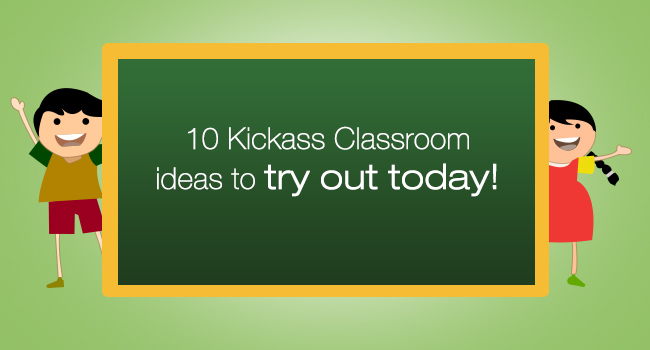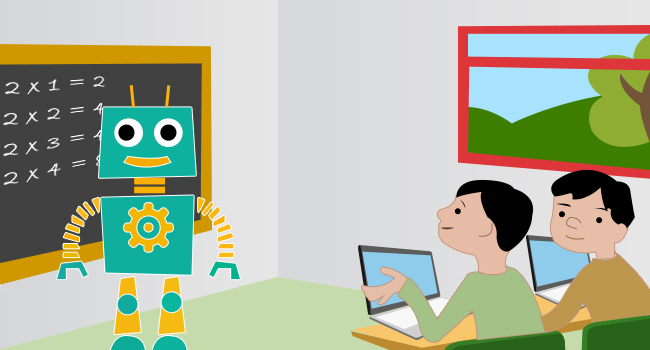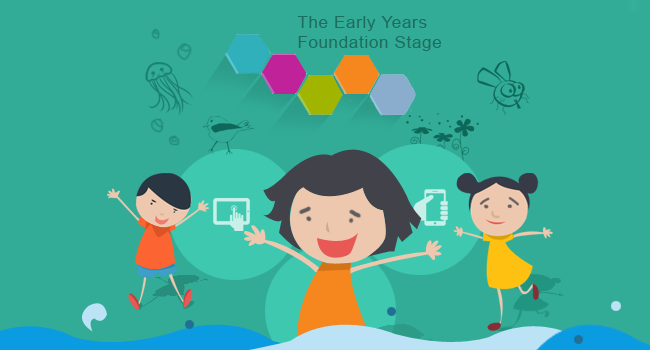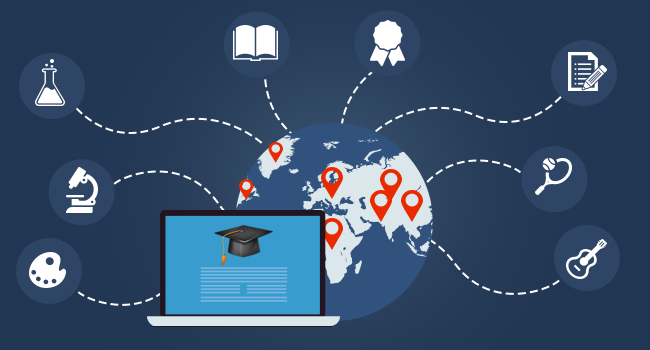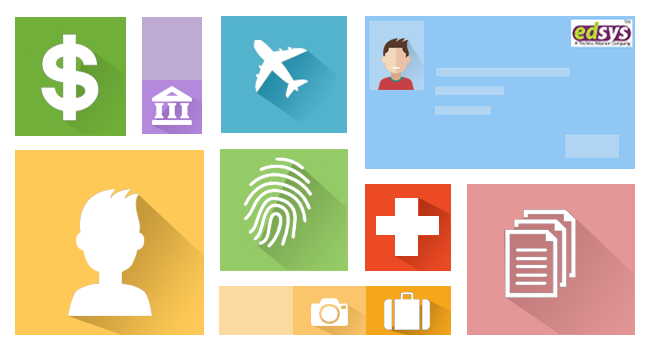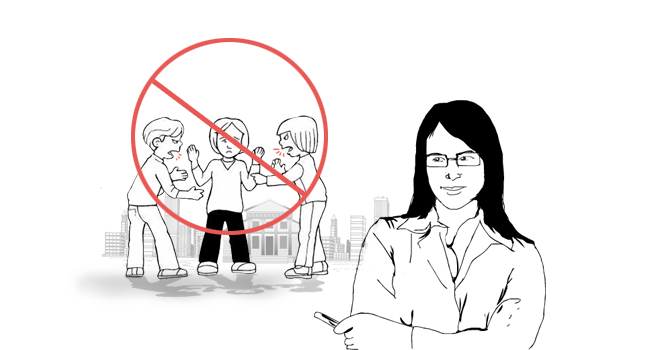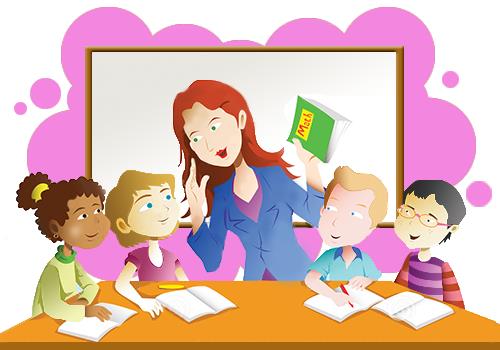You come into the class when the bell rings, teaches what is there in the books and leave when the period ends!
This is the case of most classrooms around the globe. In the beginning of the academic year, it may appear to be fine but further into the year, the routine starts getting monotonous for both teachers and the students. The students will stop paying attention to your class and they will not show any interest in your lectures. That’s the biggest failure you can encounter in your job as a teacher.
“A favourite teacher becomes a permanent inspiration and admiration in a students’ heart for a life time”-Ty Howard
Yes! To be loved and remembered by your students forever is quite an achievement. For that, you have to make your classes much more interesting and win over every student of yours. You have to come up with activities that can spice-up your class and also make students aware of the academic progress they have made so far. Add an extra dose of fun and let your students interact with you regarding any subject other than you reading out things for the class.
Not getting any ideas?
Here are 10 great ideas that you can use to turn your dull and boring class to a place brimming with activities:
1. Resolution blog
You can set start this activity at the beginning of an academic year. Like a new year’s resolution, you can ask the students to set a goal for the academic year that they can fulfil by the end of the year. Let the students begin the activity by creating a blog to track their progress. They can create a video or text post to explain about the resolution and its importance. Help the students to create a plan to achieve the goal they have set and post it in their blog. Have them post updates on a daily or weekly basis and help them to analyse their progress towards achieving the goal so far and to identify the challenges that lay ahead. Also, allow them to post comments on classmates’ blogs and provide necessary advice.
2. Student-led conferences
Usually, when parent-teacher conference occurs, students stay as silent spectators. They just watch parents and teachers discussing about the students’ academic progress so far. But, this time, let the students have the upper hand in parent-teacher conferences. Let them organize their work till date and share it with their families. This provides confidence to students to take care of their learning and also to identify their growth and challenges.
3. Student tech leaders
Technology has found its way to classrooms long back. Most schools use apps such as smart apps for preschoolers and gadgets that aid in teaching. But you may need little assistance while introducing new technology to classrooms. The student tech leaders can help you out. Just like an employee is hired in a company, you can ask students to apply for the “tech-leader” post by writing an essay on leadership and love for digital learning. From the selected students, you can hire 4-6 people to be the tech leaders. You can utilize lunch breaks to discuss about the new apps and devices that are to be introduced in the class in the following week. On the day you introduce the new technology in class, the tech leaders will serve as helpers for you and assist you at times of need.
4. Social media day
This is a great way to engage students and teach them to be more social and outspoken. You can use social media platform to discuss about a particular theme or idea and even engage the whole school in it.
5. Backchanneling
If you are hesitant about letting your students enter twitter, you may try Backchanneling. Backchannel is the practice in which you use networked computers and have real-time chatting sessions online where you discuss various topics and give live remarks.
6. Narrate a story with a map
You usually use Google maps to explore a location. But, have you thought of other possibilities in utilizing Google maps? What about telling a story? You can ask your students to choose different locations from Google maps and develop a story. They can post the updates of story development in their blog.
7. Book trailers
With technology dominating over books, children don’t seem to be fascinated by story books like we were. This activity is an excellent opportunity to encourage reading among students. You can ask your students to read a book of their choice and then create a book trailer using different applications available.
8. QR codes
QR codes motivate group learning. Instead of carrying around study materials and things of the sort or calling out each person to demonstrate their part in an activity, you can create a video demonstrating a particular lesson or describing the activity and the role of each student in the activity. Then, you can simply print the QR code with the name of the lesson or activity and place it in the allotted space from where students can scan it to find out about the losson or their tadk in the activity.
9. Challenge Based Learning
Traditional learning meant simply learning out of the textbooks. That could help in earning grades but the knowledge cannot be put to use outside the school campus. With the future following the principle of “survival of the fittest,” those students who still follow the traditional learning techniques may find it hard to survive the competition. Therefore, it’s time to replace traditional learning with challenge based learning which allows students to face a challenge and to discover or explore a subject in depth.
10. Virtual Field Trip
You may not have many places to visit with your students in your city and you may be tired of visiting the same museum or zoo over and over again. Why not try a virtual field trip using Google’s connected classrooms? Students can take a trip on their own or you can arrange a virtual field trip by joining with an organization.
